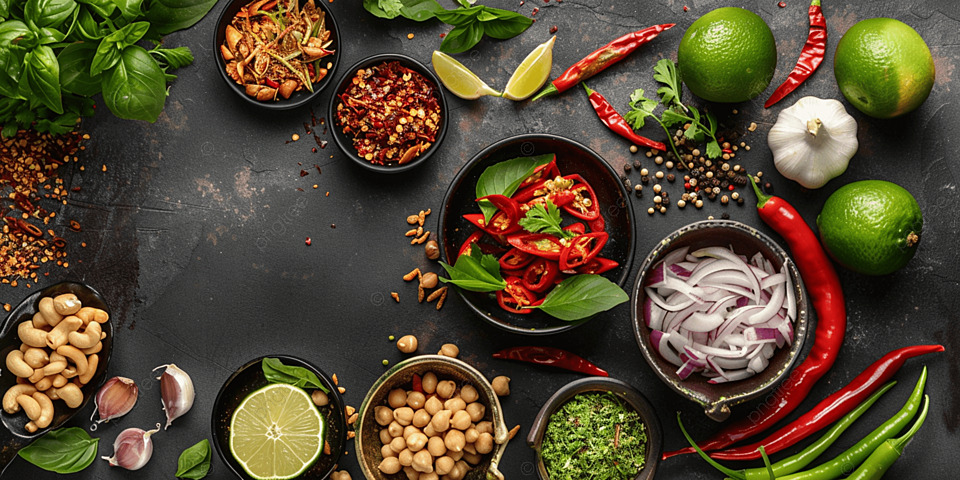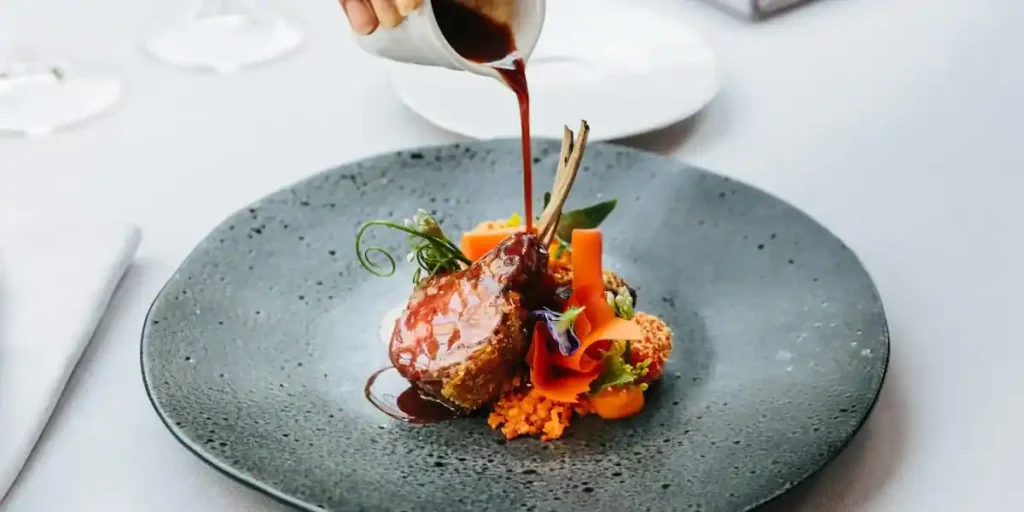In the age of social media, where Instagram feeds are filled with tantalizing images of culinary creations, the art of food photography has become more important than ever. A well-crafted food photograph has the power to evoke emotions, stimulate appetites, and even inspire travel. Here, we’ll explore the tips and tricks for amateur photographers to capture appetizing food photos, highlighting the importance of visual storytelling in promoting culinary tourism.
Start with the Basics: Before diving into food photography, it’s essential to understand the fundamentals of photography, including composition, lighting, and perspective. Familiarize yourself with your camera settings and experiment with different angles to find the most flattering shot.
Natural Light is Key: When it comes to food photography, natural light is your best friend. Avoid harsh overhead lighting or direct sunlight, as it can create unflattering shadows and washed-out colors. Instead, opt for soft, diffused light by shooting near a window or outdoors on a cloudy day.
Set the Scene: Consider the overall aesthetic and mood you want to convey in your food photograph. Choose props and backgrounds that complement the dish and enhance its visual appeal. Whether it’s rustic wooden boards, colorful textiles, or minimalist tableware, the right props can elevate your photo from ordinary to extraordinary.
Focus on Texture and Detail: Food photography is all about capturing the texture and detail of the dish. Get up close and personal with your subject, focusing on the intricate details of the ingredients, textures, and colors. Use a shallow depth of field to create a dreamy, blurred background that draws the viewer’s eye to the main focal point.
Play with Color and Contrast: Experiment with color and contrast to make your food photos pop. Consider the color wheel when selecting props and backgrounds, opting for complementary or contrasting colors to create visual interest. Enhance the vibrancy of the colors in post-processing, but be careful not to overdo it—natural-looking hues are more appetizing.
Tell a Story: Food photography is more than just capturing a pretty picture—it’s about telling a story. Consider the narrative behind the dish and how you can convey its essence through visual storytelling. Whether it’s a cozy homemade meal, a vibrant street food market, or an exotic culinary adventure, let your photos transport viewers to the heart of the experience.
Experiment with Composition: Don’t be afraid to experiment with composition to create dynamic and visually compelling images. Play with different angles, perspectives, and framing techniques to find the most captivating shot. Whether it’s a top-down flat lay, a close-up detail shot, or a sweeping panoramic view, the possibilities are endless.
Keep it Fresh and Authentic: Authenticity is key in food photography—avoid overly staged or artificial-looking images. Capture the dish in its natural state, highlighting its freshness, aroma, and mouthwatering appeal. Embrace imperfections and quirks, as they add character and authenticity to your photos.
Practice Patience and Persistence: Like any form of photography, mastering the art of food photography takes time, patience, and practice. Don’t get discouraged by setbacks or imperfect shots—learn from your mistakes and keep refining your skills. With dedication and perseverance, you’ll soon be capturing mouthwatering food photos that leave viewers craving more.
Share Your Passion: Finally, don’t be afraid to share your passion for food photography with others. Whether it’s through social media, online forums, or local photography groups, seek out feedback, inspiration, and camaraderie with fellow food photography enthusiasts. By sharing your creations with the world, you not only showcase your talent but also inspire others to embark on their own culinary adventures.
In nut shell, food photography is a powerful tool for promoting culinary tourism, capturing the essence of a dish and enticing viewers to embark on a gastronomic journey. By mastering the art of food photography and embracing visual storytelling, amateur photographers can create captivating images that celebrate the beauty, diversity, and deliciousness of the culinary world. So grab your camera, gather your props, and get ready to capture culinary delights that will leave mouths watering and hearts craving more.










